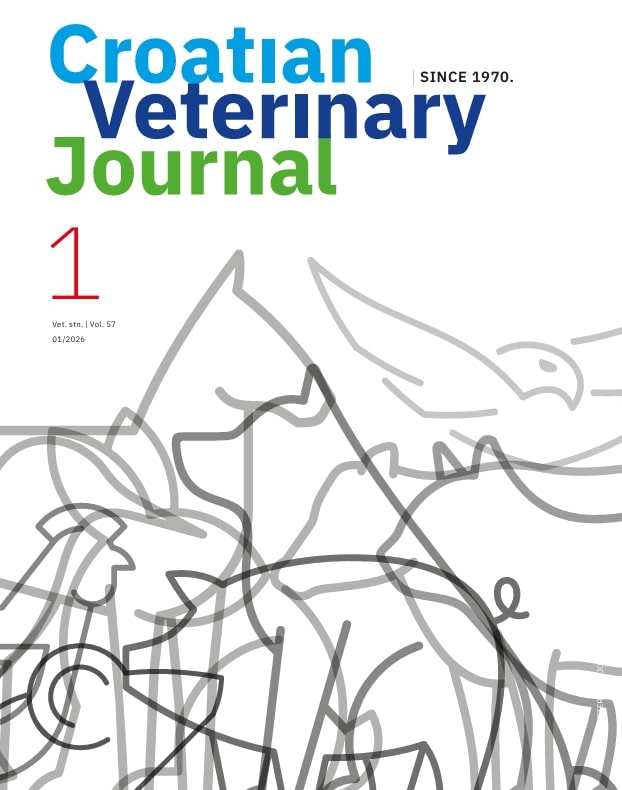Trypanosoma spp. and its association with mammals: a literature review and case studies for the Andes and Orinoquia regions of Colombia
DOI:
https://doi.org/10.46419/cvj.57.1.6Keywords:
public health, systematic review, Trypanosomatida, Vector-borne diseasesAbstract
Within Trypanosoma, some species are of public health concern, such as Trypanosoma cruzi which is the causative agent of Chagas disease, also known as American trypanosomiasis. This disease is endemic in 17 countries across the Americas and primarily affects mammals, including humans. In certain countries such as Colombia, there are still gaps in understanding the associations between Trypanosoma and mammals. In this context, this study aimed to consolidate the current state of knowledge regarding the association between Trypanosoma and mammals, while providing both morphological and molecular data on trypanosomes circulating in wild mammals in two departments of Colombia—Arauca and Caldas—located in the Orinoquia and Andes regions, respectively. To compile historical records of natural infections involving Trypanosoma species in wild and exotic mammals (introduced rats and mice) in Colombia, a literature review using the PRISMA method was conducted. To complement this, morphological and molecular detection and analysis were performed on samples from 109 wild mammals, including blood smears, organ impressions, and amplification of fragments of the mini-exon, Cytb, ITS, SSUrRNA, and gGAPDH genes. Additionally, a morphometric analysis of blood trypomastigotes was conducted. The review yielded 40 scientific articles that reported the presence of eight Trypanosoma species in wild and exotic mammals in Colombia, with the highest prevalence observed in bats and rodents. The analysis of samples from Arauca (n = 64) and Caldas (n = 45) revealed a Trypanosoma sp. prevalence of 37.6% (n = 41). These findings provide a comprehensive overview of the current knowledge on Trypanosoma and its association with mammals in Colombia. Furthermore, the results highlight the presence of Trypanosoma in different wild hosts in the Andes and Orinoquia regions, underscoring the need for enhanced research on wildlife within a One Health framework.
Downloads
Published
Issue
Section
License

This work is licensed under a Creative Commons Attribution 4.0 International License.
You are free to:
Share — copy and redistribute the material in any medium or format for any purpose, even commercially.
Adapt — remix, transform, and build upon the material for any purpose, even commercially.
The licensor cannot revoke these freedoms as long as you follow the license terms.
Under the following terms:
Attribution — You must give appropriate credit , provide a link to the license, and indicate if changes were made . You may do so in any reasonable manner, but not in any way that suggests the licensor endorses you or your use.
No additional restrictions — You may not apply legal terms or technological measures that legally restrict others from doing anything the license permits.

